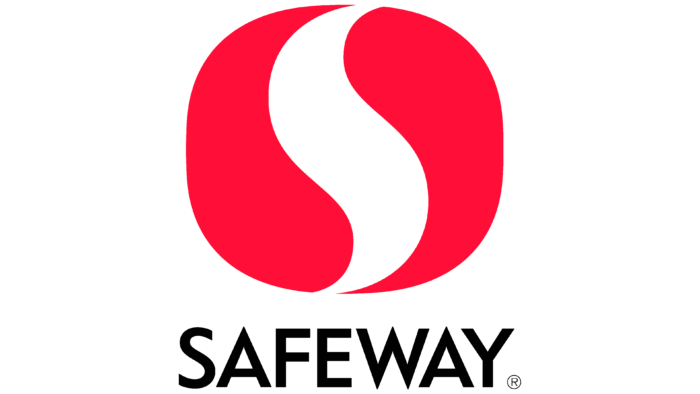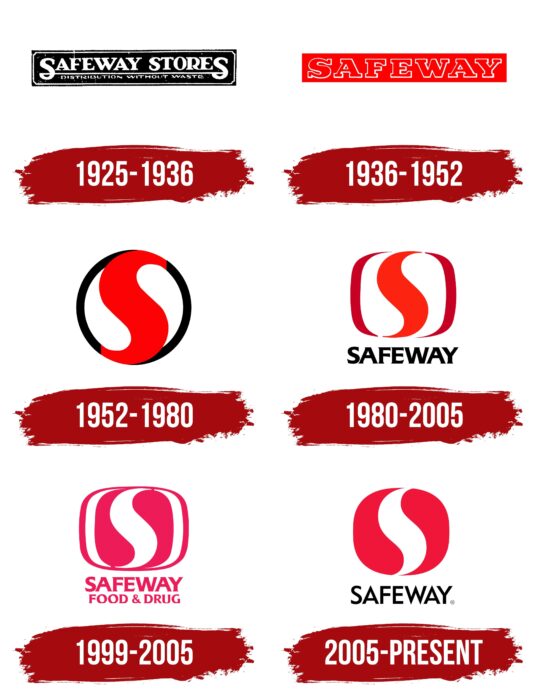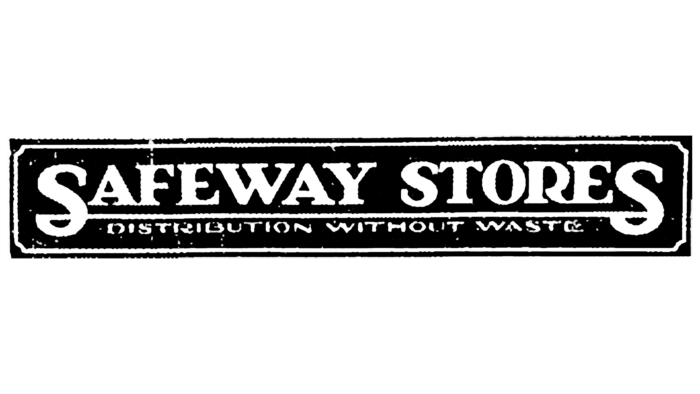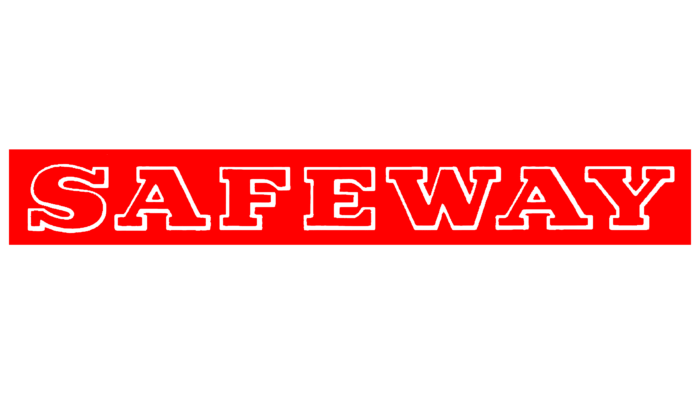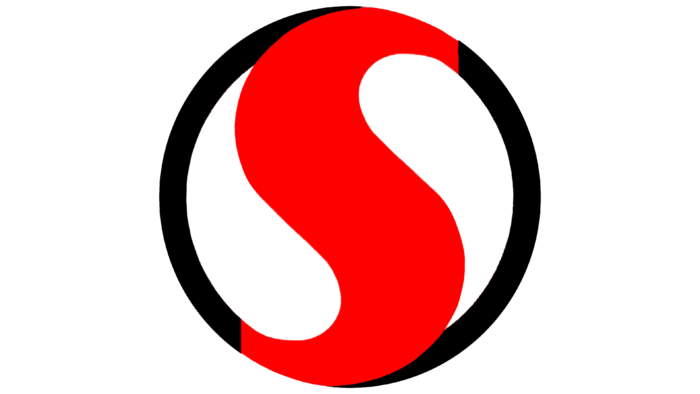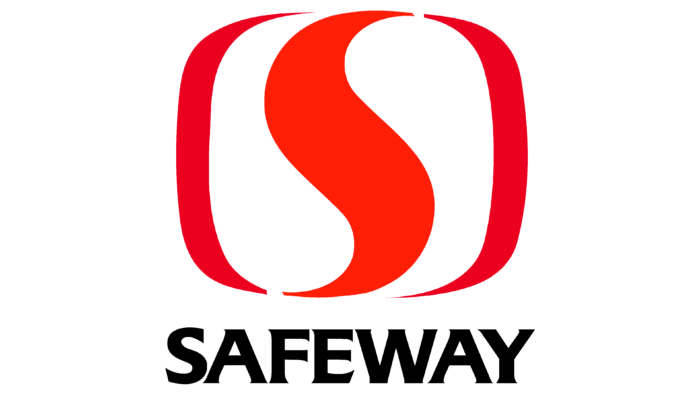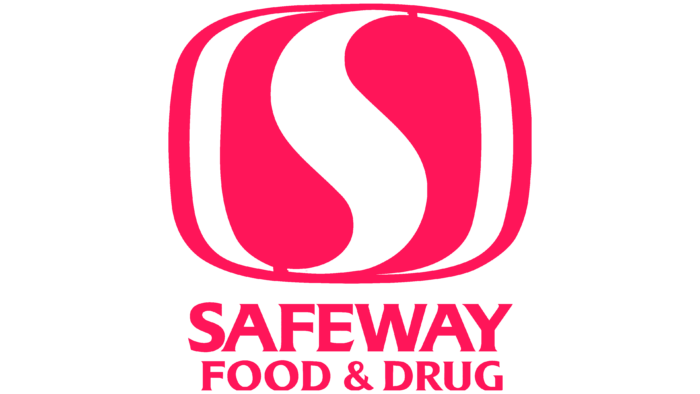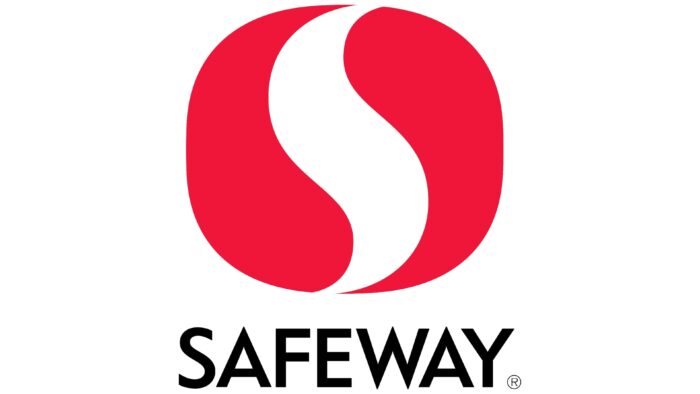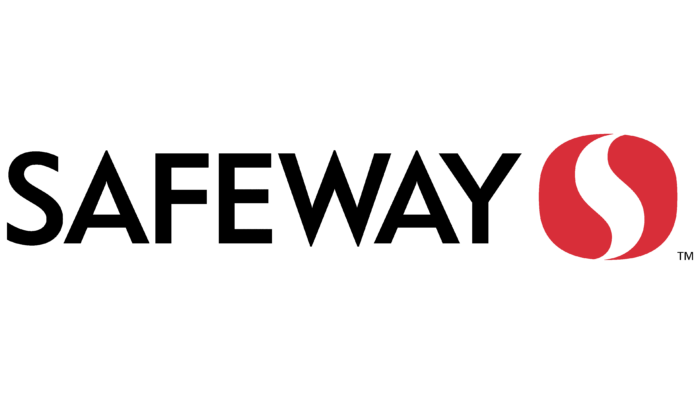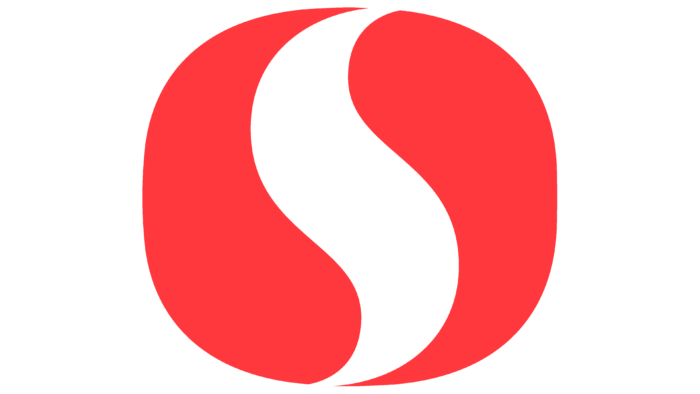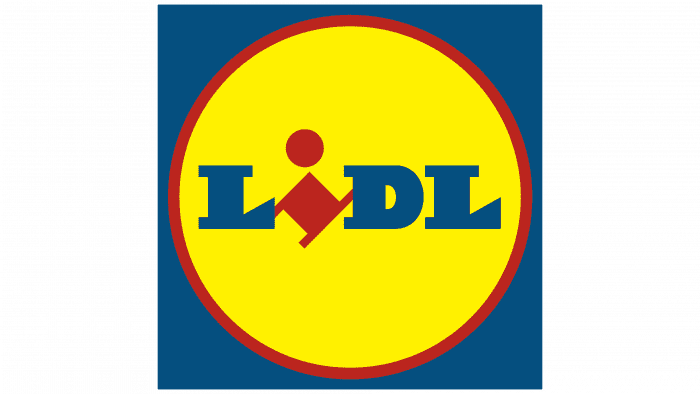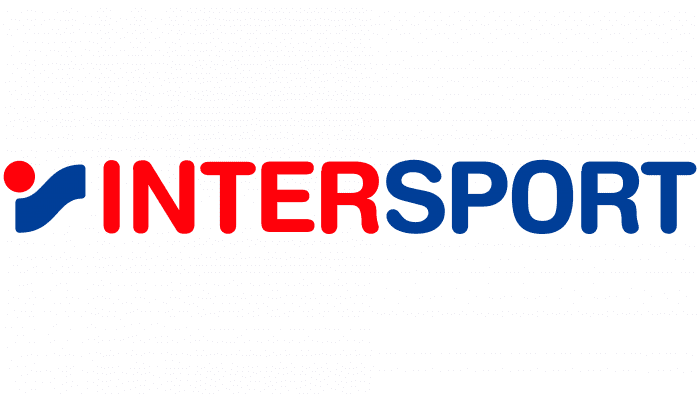The Safeway logo invites you to come to the company’s stores. There is a wide selection of fresh and healthy products. According to the emblem, the company works for the benefit of customers and controls the path of goods from cultivation to preparation and packaging.
Safeway: Brand overview
| Founded: | April 1915 |
| Founder: | Marion Barton Skaggs |
| Headquarters: | Pleasanton, California, U.S. |
| Website: | safeway.com |
Meaning and History
Safeway was founded in 1915 when 27-year-old Marion Barton Skaggs bought a small grocery store from his father. Unlike other retail outlets, it worked on the principle of self-service, which made it possible to save on salaries for clerks, shopkeepers, and grocers and thereby reduce the cost of goods. Marion continued to develop the family business. He opened several more locations with a similar business strategy, enlisting the help of his brothers. This is how the extensive Skaggs network was born.
In 1926, it doubled with the acquisition of Safeway stores, formerly known as the Sam Seelig Company. Marion immediately seized the opportunity and renamed the company Skaggs-Safeway, and two years later (after merging with the Sanitary Grocery Company) – in Safeway. He did not want a grocery chain bearing his last name to remain after his death. In addition, the new name reflected the essence of the existing concept, built on cash payment without the ability to take goods on credit.
This is how a small startup became the largest retailer with over $ 44 billion in revenue. Its unique visual identity began in the early 1950s when the company opened stores with expansive display windows and a curved roof. Samples of corporate architecture have survived here and there. Around the same time (in the middle of the last century), the first version of the S-shaped logo appeared, which has been improved over the years.
1925 – 1952
After the merger of Skaggs and Safeway, the Skaggs-Safeway company was formed. Then it was renamed again: the leaders removed the first word from the name. Above the entrances to the shops were rectangular signs with an inscription in a decorative frame. The text was “SAFEWAY STORES” (above) and “DISTRIBUTION WITHOUT WASTE” (below). The two phases were separated by a horizontal strip, which connected the extreme “S” in the first line. These letters were specially enlarged and resembled dollar signs in combination with the strikethrough line.
1952 – 1980
The first S-shaped symbol laid the foundation for a whole generation of different emblems with similar structures. An early version, known as The S Medallion, contained a red “S” with cut edges and uneven curvature. Its middle was very wide, making the edges appear short and narrow. Above and below, the letter went over the black ring, and the round base was white.
1980 – 2005
In the early 1980s. a logo was created called The Ribbon Leaf. “S” has acquired a new, more elegant shape with gentle curves. At the same time, its ends became pointed. The black ring was removed. Instead, two rounded square brackets were used to the right and left of the letter but did not touch it. These elements were deep red, almost burgundy. The general background remained white, as in the previous case. The inscription “SAFEWAY” appeared under the graphic composition. The designers chose a bold black typeface with asymmetrical serifs for it.
1999 – 2005
Simultaneously with the original version of The Ribbon Leaf, its modification was used, which was adopted in the late 1990s. It contained the same elements as the original but in a completely different presentation. The “S” and the parentheses around it were white. To make them stand out, the developers used a negative space effect, adding a base in the form of a dark pink rectangle with rounded edges. In shape, it resembled a TV screen. At the bottom was the same deep pink SAFEWAY FOOD & DRUG lettering. The name of the supermarket chain was on the first line, and the short slogan was on the second.
2005 – today
In 2005, the logo was created, which is now known as The Yin-Yang – Life due to its similarity with the symbol of the same name from Chinese philosophy. In structure, it is identical to all previous options. There is a white letter “S” in the center. It no longer has a parenthesis edging, but it does have a red round base. True, this is not a perfectly even circle – rather, the authors used a heavily modified square with rounded sides. At the bottom, there is only the word “SAFEWAY,” which is now black and does not have the usual serifs.
Font and Colors
In the current logo, the designers emphasized the similarity of elements with the famous symbols of yin and yang, which complement each other, personifying harmony, balance, and changeability of everything that exists. Taking into account the specifics of the brand, one should not look for a philosophical meaning in the emblem itself. This is just a good marketing ploy, an attempt to play up the letter “S” interestingly and create a memorable visual image. The S-shaped design is dynamic with gentle curves and perfect symmetry.
Past versions (from 1980 to 2005) introduced the Icone Bold serif font. After the redesign, the name of the supermarket chain is spelled differently. The current typeface is very similar to SoftMaker’s Limerick Serial Medium. It is grotesque with selectively sharpened edges. The letters are low contrast because all strokes are roughly the same thickness.
The inscription is painted in deep black (CMYK 50-40-40-100). S-shaped element is white (#FFFFFF). The designers used the shade Safeway Red (# E41720) to make it more visible for its base.
Safeway color codes
| Fire Engine Red | Hex color: | #d6232a |
|---|---|---|
| RGB: | 214 35 42 | |
| CMYK: | 0 84 80 16 | |
| Pantone: | PMS 185 C |
| Black | Hex color: | #000000 |
|---|---|---|
| RGB: | 0 0 0 | |
| CMYK: | 0 0 0 100 | |
| Pantone: | PMS Process Black C |
